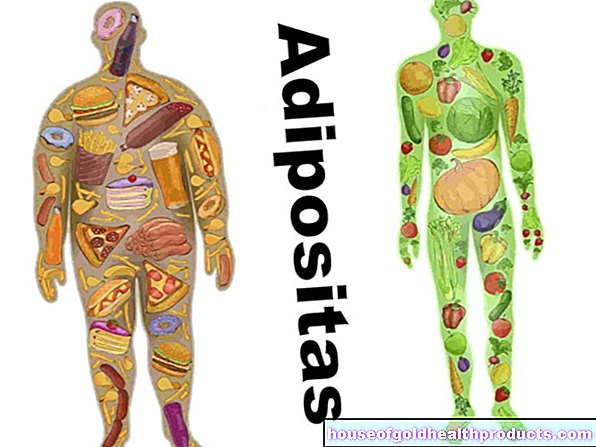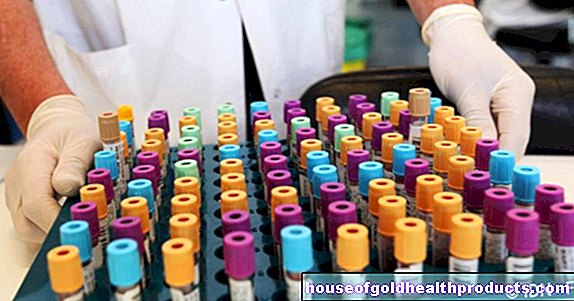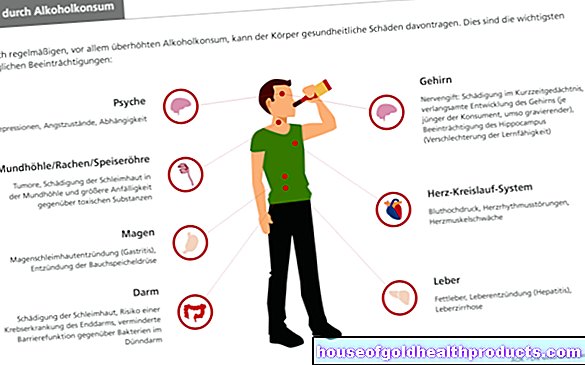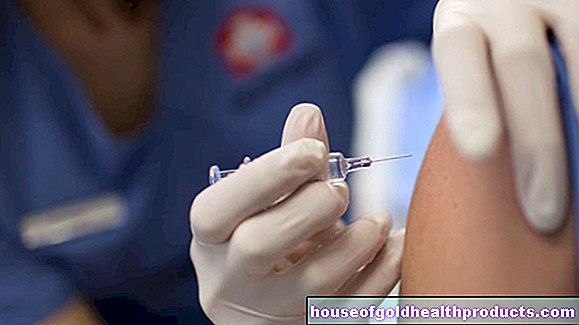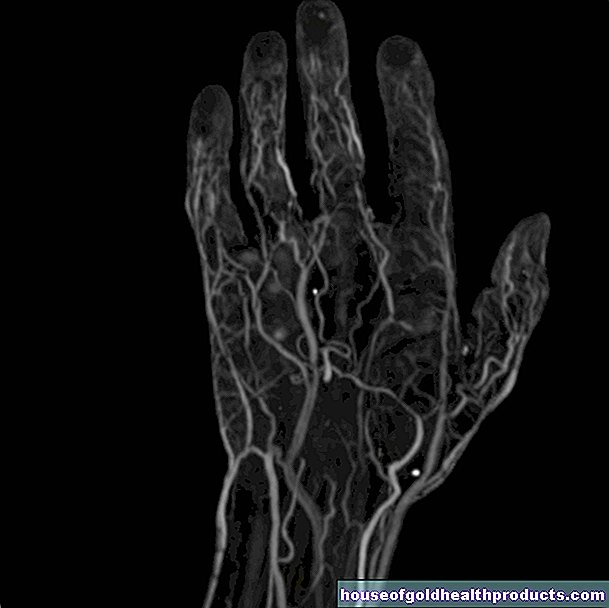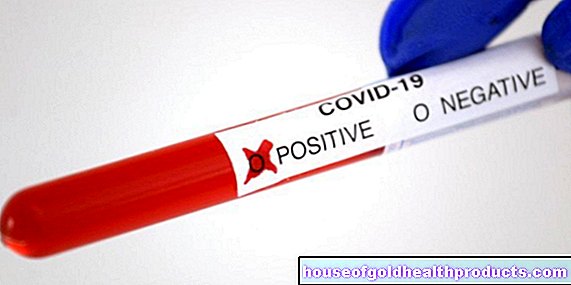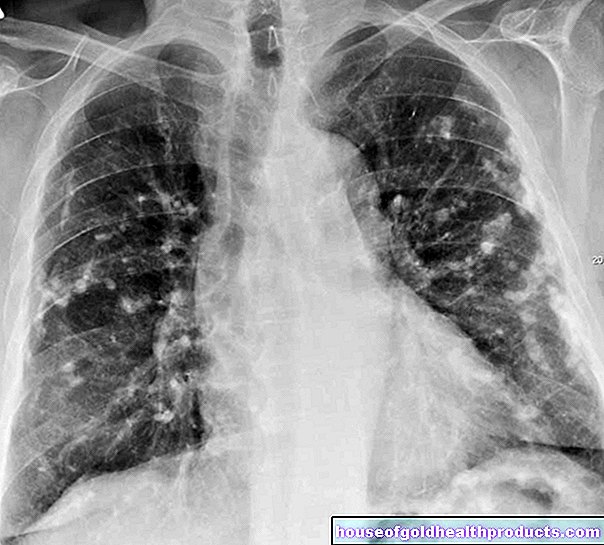First the heart attack, then the heart failure
All content is checked by medical journalists.A heart attack often leaves permanent damage. One possible consequence is a weak heart. In one in four heart attack patients, the heart's pumping capacity decreases noticeably within four years.
"Heart failure is a serious health problem with a high likelihood of hospitalization and premature death," says Dr. Johannes Go from the University of Utrecht. It is therefore important to be able to identify patients at greatest risk in order to take preventive measures in a targeted manner.
The researcher and his team had previously evaluated the data of almost 25,000 people from Great Britain who suffered a first heart attack between 1998 and 2010. On average, their health careers were followed over a period of 3.7 years.
Improved Therapy
The number of those who developed cardiac insufficiency during this period has remained relatively stable over the years - around every fourth patient. This was ensured by two factors that balanced each other out: On the one hand, infarct therapy has improved thanks to the stent treatment that has now become established. "Therefore, one can assume that the risk of heart failure is reduced," explains Go. On the other hand, the improved treatment means that patients with severe heart attacks also survive more often. And for them, in turn, the risk of heart failure is higher than after a minor heart attack.
Whose heart grows weak
The researchers also discovered several factors that were associated with a higher likelihood of heart failure. This initially included the age of the patient at the time of the infarction. Ten additional years increased the risk by 45 percent.
For diabetics, the risk was 44 percent higher. But other diseases also increase the risk of heart failure: atrial fibrillation (63 percent), peripheral artery disease (38 percent), COPD (28 percent) and high blood pressure (16 percent).
The socio-economic situation of the patient also plays a role. Heart attack patients who were socially disadvantaged were 27 percent more likely to develop cardiac insufficiency. “Knowing such risk factors allows us to take into account the increased risk in the treatment,” says Go.
Decay in slow motion
For a long time after the infarction, the heart reacts to the death of myocardial tissue with remodeling processes. The stress hormones such as adrenaline and noradrenaline, but also renin and angiotensin II, are released to a greater extent. The latter two constrict the vessels - this stabilizes the circulation, but in the long run causes more heart cells to perish.
As a preventive measure in the event of impending heart failure, but also in the case of an already ill condition, it is important to treat health risk factors such as diabetes or high blood pressure as optimally as possible. However, it is also crucial to have a healthy lifestyle, avoiding nicotine and excessive alcohol consumption, as well as a healthy diet and regular exercise.
Reduced pumping power
Heart failure progresses further and further. At some point, the heart's pumping power decreases to such an extent that organs such as the brain, kidneys or muscles are no longer adequately supplied with blood - and thus with oxygen and nutrients. If this is initially only noticeable during physical exertion, the patient needs additional oxygen in the later stage, even at rest. The condition is widespread: in Germany around five percent of the population suffers from heart failure. In 2012 alone, more than 46,000 people died as a result. (cf)
Source: Abstract 3rd World Congress on Acute Heart Failure: "Heart failure following myocardial infarction: a cohort study of incidence and prognostic factors in 24 745 patients using linked electronic records", May 2016
Tags: elderly care unfulfilled wish to have children laboratory values



.jpg)


.jpg)

